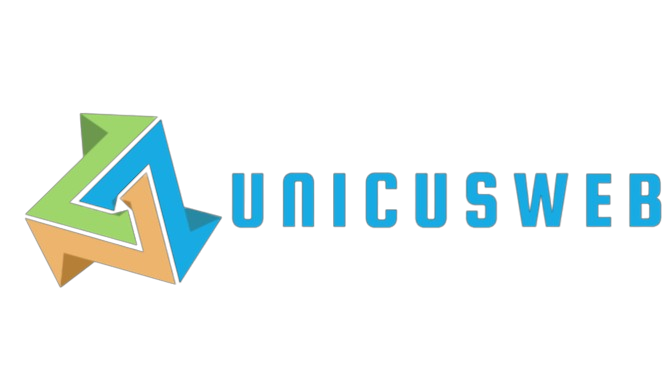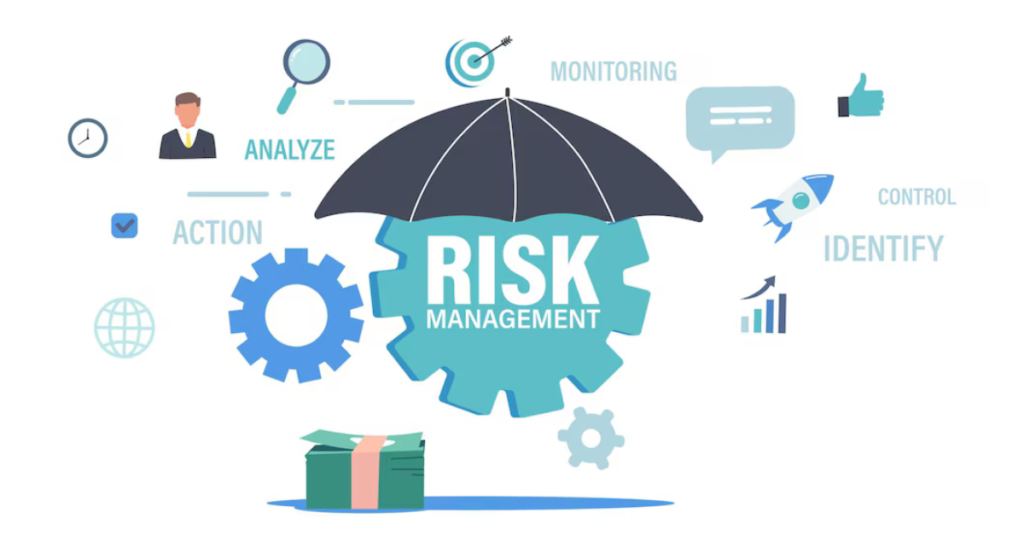In the realm of project management, where uncertainty and potential pitfalls abound, having a reliable and effective risk management tool is indispensable. Just as a mountaineer relies on a powerful set of binoculars to navigate treacherous terrains and identify potential dangers from afar, project managers can benefit immensely from incorporating RiskyProject into their project management framework. RiskyProject provides a structured approach to risk management, enabling the identification of potential roadblocks and allowing for proactive planning. This article explores the various aspects of implementing RiskyProject, highlighting its benefits, features, and the steps involved in integrating it into your project management framework.
Understanding RiskyProject: An Overview
What is RiskyProject?
RiskyProject is a comprehensive risk management software designed to assist project managers in identifying, analyzing, and mitigating risks throughout the project lifecycle. Developed by Intaver Institute, RiskyProject combines risk analysis with project scheduling, offering a holistic approach to managing uncertainty. It employs sophisticated algorithms to simulate potential project outcomes, helping project managers understand the impact of risks on schedules, costs, and overall project success.
Key Features of RiskyProject
RiskyProject boasts a range of features that make it an invaluable tool for project managers. Some of the key features include:
Risk Identification and Assessment: RiskyProject enables project managers to identify potential risks and assess their likelihood and impact. This process involves brainstorming sessions, historical data analysis, and expert judgment.
Risk Register: The software includes a risk register that allows project managers to document and prioritize risks. This register serves as a central repository for all identified risks, providing a clear overview of potential threats to the project.
Monte Carlo Simulation: One of RiskyProject’s most powerful features is its ability to perform Monte Carlo simulations. These simulations generate a range of possible project outcomes based on different risk scenarios, offering valuable insights into the probability of meeting project objectives.
Risk Mitigation and Response Planning: RiskyProject facilitates the development of risk mitigation and response plans. Project managers can define specific actions to reduce the likelihood or impact of risks and assign responsibilities for implementing these actions.
Integration with Project Management Tools: RiskyProject seamlessly integrates with popular project management tools such as Microsoft Project, Primavera, and Oracle Primavera P6. This integration ensures that risk management activities are aligned with the overall project schedule and objectives.
Reporting and Visualization: The software provides a variety of reporting and visualization tools, including Gantt charts, histograms, and tornado diagrams. These tools help project managers communicate risk information effectively to stakeholders.
The Importance of Risk Management in Project Management
The Role of Risk Management
Risk management is a critical component of project management, as it helps project managers identify potential threats and develop strategies to mitigate their impact. Effective risk management ensures that projects are completed on time, within budget, and to the desired quality standards. It also enhances decision-making by providing project managers with a clear understanding of the uncertainties and challenges that may arise during the project lifecycle.
Benefits of Risk Management
Implementing a robust risk management process offers several benefits, including:
Improved Project Outcomes: By identifying and addressing risks early, project managers can increase the likelihood of project success. This proactive approach minimizes disruptions and keeps the project on track.
Enhanced Stakeholder Confidence: Effective risk management demonstrates to stakeholders that potential issues are being addressed systematically. This transparency builds trust and confidence in the project management team.
Cost Savings: Identifying and mitigating risks can prevent costly delays and rework. By managing risks effectively, project managers can avoid budget overruns and allocate resources more efficiently.
Informed Decision-Making: Risk management provides project managers with valuable insights into potential challenges and opportunities. This information supports informed decision-making and strategic planning.
Compliance and Governance: Many industries have regulatory requirements related to risk management. Implementing a structured risk management process ensures compliance with these regulations and supports corporate governance initiatives.
Integrating RiskyProject into Your Project Management Framework
Define Your Risk Management Objectives
Before integrating RiskyProject into your project management framework, it is essential to define your risk management objectives. These objectives should align with your overall project goals and address specific areas of concern. Consider the following questions:
What are the primary risks associated with your project?
What are your risk tolerance levels?
What are the key milestones and deliverables that could be affected by risks?
What resources (time, budget, personnel) are available for risk management activities?
Set Up RiskyProject
Once you have defined your risk management objectives, the next step is to set up RiskyProject. This process involves installing the software, configuring settings, and importing project data. Here are the key steps:
Installation: Download and install RiskyProject on your computer or network. Ensure that your system meets the software’s technical requirements.
Configuration: Configure RiskyProject settings to match your project management framework. This may include setting risk thresholds, defining risk categories, and customizing the risk register.
Import Project Data: Import your project schedule and data into RiskyProject. This can be done by integrating the software with your existing project management tools (e.g., Microsoft Project, Primavera). Ensure that all relevant project information is accurately transferred.
Identify and Assess Risks
With RiskyProject set up, the next step is to identify and assess risks. This process involves gathering input from project team members, stakeholders, and subject matter experts. Use the following techniques to identify risks:
Brainstorming Sessions: Conduct brainstorming sessions with your project team to identify potential risks. Encourage open and honest discussions to uncover hidden threats.
Historical Data Analysis: Review historical data from similar projects to identify common risks and their impact.
Expert Judgment: Consult with subject matter experts to gain insights into potential risks based on their experience and knowledge.
Once risks are identified, assess their likelihood and impact using RiskyProject’s assessment tools. This assessment helps prioritize risks based on their potential to affect project outcomes.
Develop Risk Mitigation and Response Plans
After identifying and assessing risks, the next step is to develop risk mitigation and response plans. These plans outline specific actions to reduce the likelihood or impact of risks. RiskyProject provides a structured approach to developing these plans:
Risk Mitigation: Define actions to prevent risks from occurring or to minimize their impact. For example, if a risk involves a potential delay in receiving critical materials, a mitigation plan could involve identifying alternative suppliers.
Risk Response: Develop response plans to address risks if they occur. This may include contingency plans, such as reallocating resources or adjusting project schedules.
Assign Responsibilities: Assign responsibilities for implementing risk mitigation and response plans. Ensure that team members understand their roles and are equipped to take necessary actions.
Perform Monte Carlo Simulations
One of the most powerful features of RiskyProject is its ability to perform Monte Carlo simulations. These simulations use random sampling to generate a range of possible project outcomes based on different risk scenarios. By running Monte Carlo simulations, project managers can:
Estimate Probabilities: Understand the probability of meeting project objectives, such as completing the project on time and within budget.
Identify Critical Risks: Identify which risks have the most significant impact on project outcomes. This information helps prioritize risk management efforts.
Evaluate Risk Mitigation Strategies: Assess the effectiveness of risk mitigation strategies by comparing different scenarios. This evaluation supports informed decision-making.
Monitor and Review Risks
Risk management is an ongoing process that requires continuous monitoring and review. Regularly update the risk register and review risk mitigation and response plans to ensure they remain relevant. Use RiskyProject’s reporting and visualization tools to track progress and communicate risk information to stakeholders.
Regular Updates: Schedule regular updates to the risk register to capture new risks and changes to existing risks. This ensures that the risk management process remains dynamic and responsive.
Progress Reviews: Conduct periodic reviews to assess the effectiveness of risk mitigation and response plans. Adjust these plans as needed based on project developments.
Stakeholder Communication: Use RiskyProject’s reporting tools to communicate risk information to stakeholders. This transparency keeps stakeholders informed and engaged in the risk management process.
Integrate Risk Management with Project Management
To maximize the benefits of RiskyProject, integrate risk management activities with your overall project management framework. This integration ensures that risk management is not an isolated process but an integral part of project planning and execution. Consider the following integration strategies:
Align Risk Management with Project Objectives: Ensure that risk management activities support overall project objectives. This alignment helps prioritize risks based on their potential impact on project success.
Incorporate Risk Management into Project Plans: Include risk management tasks and milestones in your project plans. This ensures that risk management activities are scheduled and tracked alongside other project tasks.
Engage the Project Team: Involve the entire project team in risk management activities. Encourage team members to identify and report risks, and foster a culture of proactive risk management.
Use Integrated Tools: Leverage RiskyProject’s integration capabilities to seamlessly connect risk management with your existing project management tools. This integration streamlines data transfer and ensures consistency across platforms.
Case Study: Successful Implementation of RiskyProject
To illustrate the practical benefits of implementing RiskyProject, consider the following case study of a construction project.
Project Background
A construction company was tasked with building a new office complex. The project had a tight schedule and budget, with significant penalties for delays. Given the complexity of the project, the company decided to implement RiskyProject to manage potential risks.
Risk Identification and Assessment
The project team conducted brainstorming sessions and consulted with experts to identify potential risks. They identified several risks, including delays in material delivery, labor shortages, and adverse weather conditions. These risks were assessed for their likelihood and impact using RiskyProject’s assessment tools.
Risk Mitigation and Response Planning
The team developed detailed mitigation and response plans for each identified risk. For example, to address the risk of material delivery delays, they identified alternative suppliers and established contingency plans. These plans were documented in RiskyProject and assigned to responsible team members.
Monte Carlo Simulations
The team used RiskyProject’s Monte Carlo simulation feature to analyze different risk scenarios. The simulations provided insights into the probability of meeting project deadlines and staying within budget. Based on the results, the team adjusted their risk mitigation strategies to improve project outcomes.
Monitoring and Review
Throughout the project, the team regularly updated the risk register and reviewed the effectiveness of mitigation and response plans. They used RiskyProject’s reporting tools to communicate risk information to stakeholders, ensuring transparency and stakeholder confidence.
Project Outcome
By effectively managing risks with RiskyProject, the construction company successfully completed the project on time and within budget. The proactive approach to risk management minimized disruptions and ensured that the project met its objectives.
Conclusion
Implementing RiskyProject into your project management framework is akin to adding a powerful set of binoculars to a mountaineer’s toolkit. It provides a structured and systematic approach to risk management, enabling project managers to identify potential roadblocks and plan proactively. By leveraging RiskyProject’s features, including risk identification, Monte Carlo simulations, and integration with project management tools, project managers can enhance decision-making, improve project outcomes, and build stakeholder confidence.
Effective risk management is essential for the success of any project. By incorporating RiskyProject into your project management framework, you can navigate the uncertainties and challenges that come with complex projects, ensuring that you reach your project goals with greater confidence and efficiency. Just as a mountaineer uses binoculars to safely traverse difficult terrain, RiskyProject equips project managers with the tools they need to successfully navigate the complexities of project risk management.







